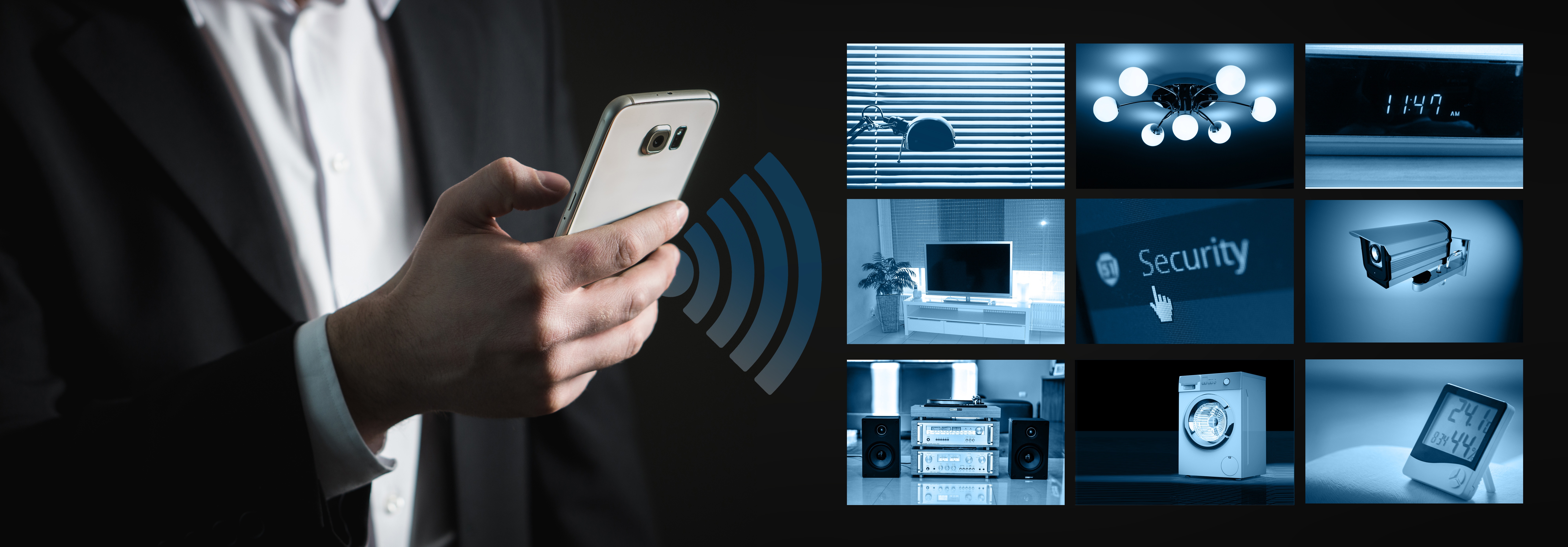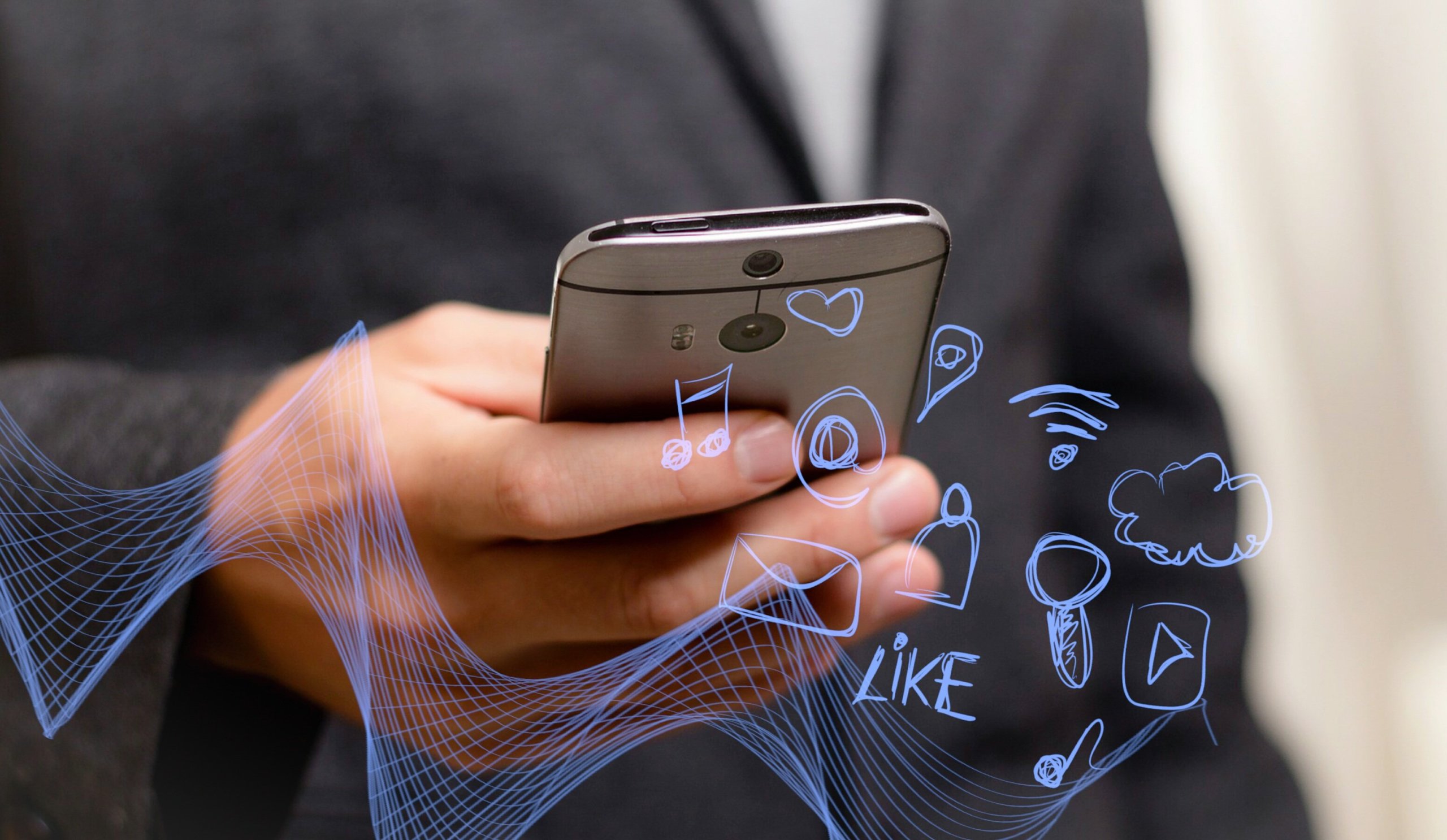 The coronavirus has slowed several industries to a crawl, but cybersecurity has been booming ever since the world came face-to-face with the pandemic — especially in the Internet of Things (IoT) industry.
The coronavirus has slowed several industries to a crawl, but cybersecurity has been booming ever since the world came face-to-face with the pandemic — especially in the Internet of Things (IoT) industry.
An April 2020 study by IoT Analytics concluded that the IoT security market saw an increase in cyberattacks during the first few months of the COVID-19 crisis. Consequently, Nikesh Arora, the CEO of leading cybersecurity vendor Palo Alto Networks, said in mid-May that “COVID-19 accelerated the [security] trends in the direction of integration, consolidation, and cloud transformation.”
Have you faced an increase in hacking attempts during this crisis? In this blog post, we’ll cover industry best practices that your company can use to strengthen its IoT security and get ready for a post-pandemic era of business.
Take Stock of Your System and Its Devices
For companies who’ve already implemented a custom IoT system, security upgrades and maintenance are of the utmost importance in keeping sensitive data private and protecting customers from security attacks. Although you may not need an expert team of experienced cybersecurity professionals, it is vital to create a strong security strategy that encompasses data integrity, cloud data, data-generating devices, and more.

Because IoT applications are, by nature, a connected network of sensors, devices, the cloud, computers, and machinery, any small breach can greatly affect all other parts of the system. Any device or software that’s connected to the Internet is a potential hotspot for hackers to find personal information to exploit.
The more leaked information that hackers gather and share with each other, the more likely other companies will be attacked faster and with less effort. Hackers can also disable security and safety features, making devices useless unless they’re replaced.
When the pandemic begins cooling down, review your corporate security strategy and ensure it’s up to par with the rest of your industry. Build an inventory of every single one of your assets and IoT devices so you know exactly what’s in use and when. Properly managing your asset inventory involves four major aspects.
First, track your assets: make a list of all hardware and software in use. Next, analyze your traffic pattern: graph out the relationships in the traffic between devices in your network to find any weaknesses and loopholes. Third, update assets that need patches or fixing – do this immediately. Lastly, build responses to an attack into your devices: whether the security attack is cyber or physical, the system should be able to locate and fix the asset quickly.
Reduce Shadow IoT Devices and Improve Security
Shadow IoT devices are those that are brought into the IoT system by employees who’ve been working from home. During COVID-19, this type of situation has been extremely commonplace. These employees bring in unauthorized devices and connect them into the system, making it more difficult to ensure they’re up to speed on security strength. This makes the entire IoT system vulnerable to attacks at every level.

In February of this year, San Francisco-based cloud security provider ZScaler released figures around their clients’ device usage. Their customers showed a 1500% increase in IoT devices. These unauthorized IoT devices included IP cameras, digital home assistants, smart home devices, TV set-top boxes, smart TVs, smartwatches, and even car entertainment systems. These devices increase the likelihood of an attack due to being unsecured and unknown to the system.
It’s important that enterprises educate their employees about security hygiene and maintenance practices.
Manage Your Security and Cloud Applications
Cloud security is incredibly valuable to IoT applications, and many companies received their tools from an “on-premise” setup of the cloud before the pandemic, allowing them to manage their IoT system security with ease. Accordingly, many IoT experts believe that cloud adoption will see a massive spike after the pandemic.
Cloud security will become a necessity. It’ll play a major role in IoT applications that connect with other cloud-hosted applications, allowing companies to remotely issue security patches, scale new assets quickly, and integrate other tools into the system through APIs.
It’s important to note that even cloud connections can increase the risk of data breaches due to the information living on the Internet. However, it’s not possible for every company to store and analyze all of their data locally; they simply don’t have enough storage capacity to keep valuable historical data. While COVID-19 is still active, operations, IT, and security departments should work together to create a risk assessment score for all of the company’s assets, and move them accordingly to be locally stored or stored in the cloud.
Use the Power of AI and Software to Automate Security
AI and machine learning can help automate many aspects of security, making your security system stronger and faster. For example, these tools can detect anomalies immediately, alerting the appropriate employees earlier than a human would. Thus, it’s a great strategy to add detection to your security system in addition to preventative security.
Even traditional security products, like Security Information & Event Management, are enhanced by AI algorithms that make data flow more seamlessly and model potential threats before they have a chance to hit the IoT system.
Keep Fighting
When the pandemic ends, the world is going to be a different place. And we can expect IoT cybersecurity to have changed as well. Reviewing, improving, and optimizing cybersecurity should be at the top of every organization’s list, and best practices (like the ones we’ve outlined above) should be employed as much as possible.
Regulating assets and inventory, constantly scanning for unauthorized devices, reviewing cloud security strategy, and automating security with AI can make a massive difference in protecting an organization from outside threats. Do you have any other best practices to add to this list? Let us know in the comments below!





